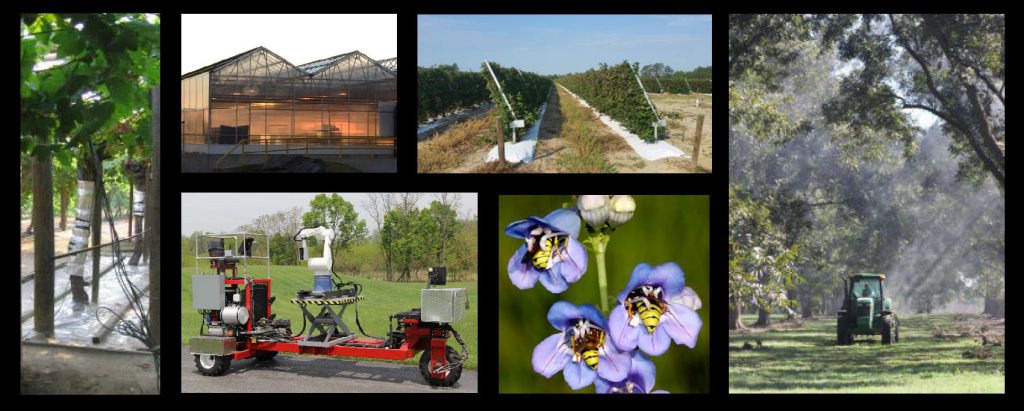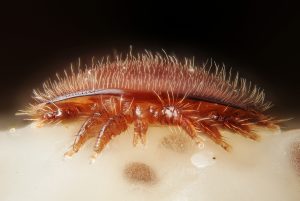Plant Protection Today – PPQ Travels to the Land of Giants
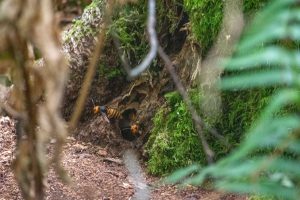
(Cover Photo: All four northern giant hornet nests in Washington State have been found in cavities of Alder trees.)
Experts Collaborate, Initiate and Succeed—Times Four
By Sharon Lucik
The first northern giant hornet (NGH) was detected in Washington State in December 2019. Ten months later, the Washington State Department of Agriculture (WSDA) found and eradicated the hornets’ nest. At the end of 2021, their staff had located and eradicated three more NGH nests. Then last year, no hornets were detected. So, what’s next? That’s exactly what PPQ aimed to find out when they traveled to Washington’s ground zero.
“We had been meeting virtually with WSDA since NGH was first detected,” said Anne LeBrun, PPQ National Policy Manager. “Finally in February we were able to have our first in-person meeting, and it was great. On the first day, the team presented on all the things that we accomplished last year and outlined plans for the upcoming season.”
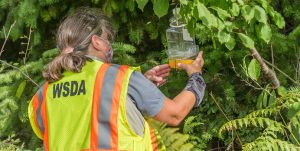
PPQ and Washington State Department of Agriculture staff intend to set a minimum of 1000 traps throughout Whatcom County, WA in 2023.
In 2023, NGH outreach and trapping continue as WSDA’s key activities, and both will be in full swing by July. If a hornet is detected, that means the presence of another nest, and capturing multiple live specimens—to tag and track back to the nest—will become critical. While PPQ and WSDA staff set and monitor traps, others will travel to the Republic of Korea—where the hornet is a native species. There the team will collect NGH specimens to analyze population genetics, test traps and lures, and study NGH’s foraging behavior.
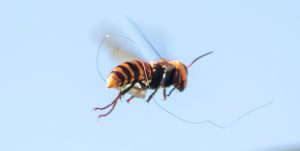
Washington State Department of Agriculture scientist successfully located and eradicated four northern giant hornet nests by tracking a tagged hornet back to its nest.
On the second day of the meeting, researchers met separately to sketch out the itinerary for the upcoming Korea trip and coordinate work. That provided LeBrun and others an opportunity to travel to Blaine, Washington to scope out where the NGH nests had been found, and experience first-hand what it’s like to hunt the largest hornet in the world—in the Pacific Northwest.
“Around Blaine the vegetation was dormant and leafless in February, but it was easy to imagine how dense and lush it would be in the summer and fall,” LeBrun explained. “Vegetation makes tracking NGH very difficult even with the telemetry tags. That said, we practiced using tracking equipment to locate a hidden tag which simulated how staff work to follow and locate a tagged hornet returning to its nest.”
Because the tags emit a signal at a pre-programed frequency, people tracking the hornet don’t hear more frequent or louder beeps as they approach the tag’s location. It’s only when they lose the signal that they know they’re going away from the target.
“All I can say is ‘hats off’ to the PPQ and WSDA trackers,” LeBrun said. “They had to learn and perfect their skills on the job, while tracking live hornets—they are truly amazing!”
We are here to share current happenings in the bee industry. Bee Culture gathers and shares articles published by outside sources. For more information about this specific article, please visit the original publish source: USDA APHIS | PPQ Travels to the Land of Giants





